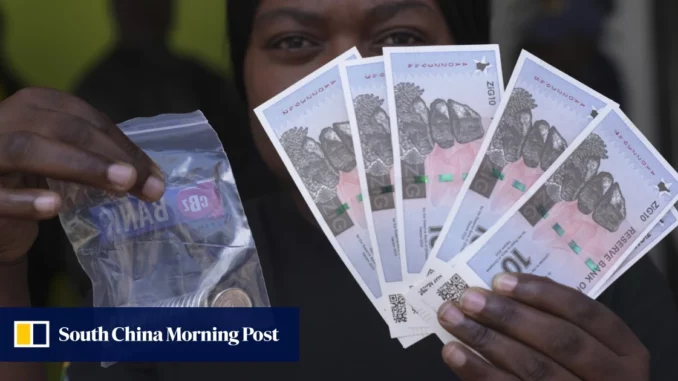
The Zimbabwean government launched a new currency called the ZiG, backed by gold, in an attempt to replace the struggling Zimbabwe dollar. They launched a publicity campaign, including a popular song titled “Zig Mari,” to encourage the public to embrace the ZiG over the U.S. dollar, which was also legal tender in the country.
However, the ZiG faced a familiar problem: public mistrust. Despite holding its value on the official market, the ZiG tumbled on the black market, where $1 could be exchanged for up to 17 ZiGs. Authorities resorted to force, arresting over 200 street currency dealers and freezing accounts of businesses accused of undermining the ZiG.
This crackdown contradicted Zimbabwe’s long history of street currency dealers and businesses ignoring official rates. Many vendors still only accepted U.S. dollars, and some businesses were allowed to refuse the ZiG in favor of dollars.
Zimbabwe has a tumultuous history of monetary instability, with the ZiG being the sixth currency used since the collapse of the Zimbabwe dollar in 2009. While the government aims to eventually de-dollarize the economy, the allure of the U.S. dollar remains strong, with many citizens trading their local currency earnings for dollars on the black market.
Economists warn that force is unlikely to lead to more confidence in the ZiG or halt the black market, as long as the demand for U.S. dollars persists and official channels cannot meet it.
